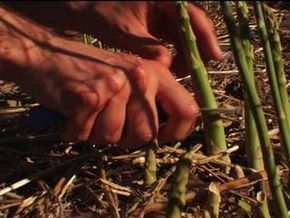 “
“
A popular perennial of the West is the aster, which is known for the wide variety of species that the genus offers. Such a variety means that it’s easy to find an aster that’s exactly the right color and height you’re looking for. Asters have daisy-like heads and tend to prefer moist soil. Taller asters can break when the weather turns windy, but staking and securing the plant is one way to avoid this problem.
Another perennial Western favorite is the poppy, which even has its own festival, held every year in Lancaster, California. Since poppies are self-seeding, they will spread throughout a garden, adding glorious color. The poppy is a beautiful flower whose bloom can reach seven inches (17.78 centimeters).
Another self-seeding perennial is the columbine. This eye-catching flower is known for its long nectar spurs. Since columbines grow in clumps, it’s recommended that smaller groundcover be added in order to prevent an awkward appearance. Also, since columbines can grow to be quite tall, wind-protection and staking are needed to keep the plant upright.
If you’re looking for a pretty perennial that doesn’t require too much maintenance, then the dianthus is for you. Although this genus has over 300 species, its best-known species is the carnation. Similar to the aster, dianthus can be found in a wide variety of colors and hues. Taller dianthus flowers will need staking against strong winds. Beyond that, however, this flower is very low-maintenance.
Black-eyed Susans and coneflowers round out this list of popular Western perennials. These two flowers look identical except for the fact that the middles of Black-eyes Susans don’t stick out as much. Both flowers have long, thin petals and are usually bright yellow. If you’re looking for tall flowers, both black-eyed Susans and coneflowers grow to an impressive four feet (1.2 meters) in height.



























